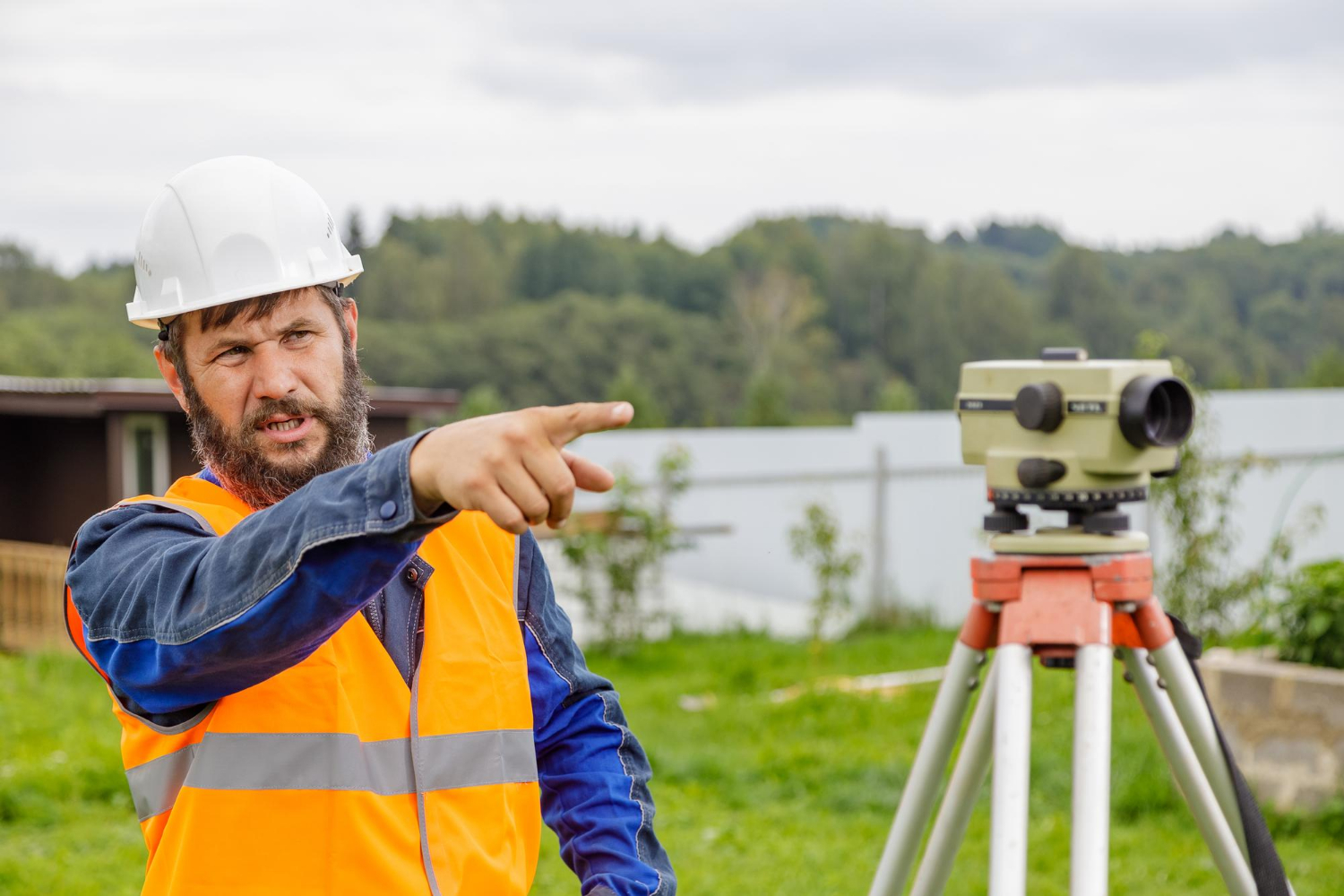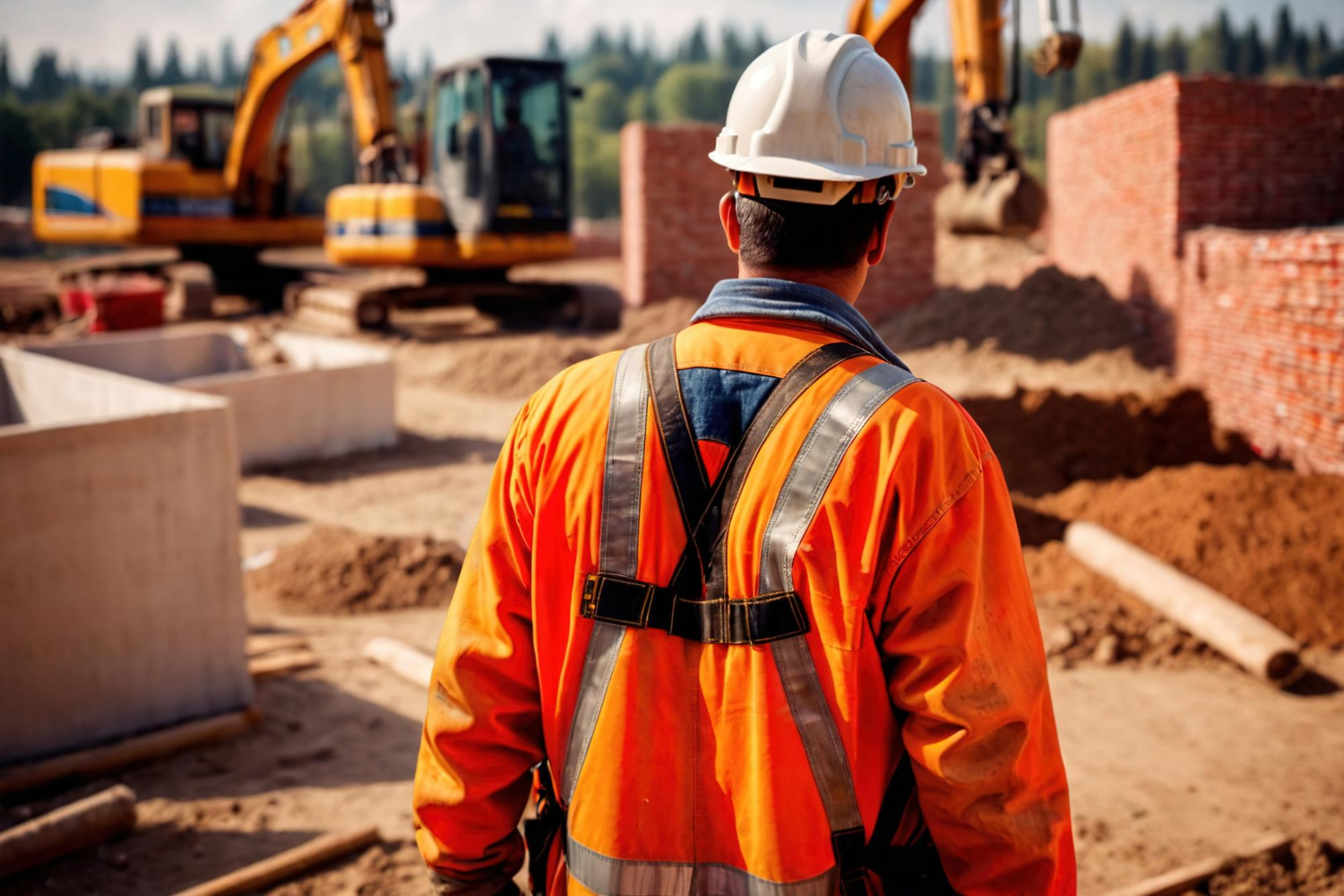When buying or developing a property, ensuring that you have all the necessary information about the land is crucial. This is where an ALTA survey comes into play. An ALTA survey, short for American Land Title Association survey, provides a detailed and accurate map of the property, showing its boundaries, buildings, easements, and other important features. This comprehensive survey is essential for both commercial and residential properties and offers a clear picture that can prevent future legal or financial issues.
Understanding the specifics of a property can significantly impact your investment strategies and decisions. An ALTA survey is particularly beneficial for identifying any discrepancies or issues that might affect the property’s usability or value. For instance, it can reveal if a neighboring building overlaps onto your land or if there are underground utilities that you need to be aware of before starting construction.
What Is an ALTA Survey?
An ALTA survey is a detailed land survey used to identify property boundaries, easements, improvements, and other significant features. The term “ALTA” comes from the American Land Title Association, which sets the standards for these surveys. This type of survey is more comprehensive than a typical boundary survey and includes a higher level of detail, useful for title insurance purposes.
The primary goal of an ALTA survey is to provide a clear and accurate map of the property. It includes the exact measurements of the boundaries, the locations of buildings, and any other structures on the land. It also marks the locations of utilities, such as water, gas, and electrical lines, and notes any easements or rights-of-way that might affect the property.
ALTA surveys are often required by lenders and title insurance companies because they offer a complete picture of the property. This makes them essential for commercial property transactions, where knowing the full scope of the property’s features and any potential legal issues is crucial. By providing a detailed and standardized report, ALTA surveys help protect both the buyer’s and the lender’s interests.
Key Components of an ALTA Survey
An ALTA survey includes various key components that provide a complete view of the property. Here are some of the main elements you can expect to find in this comprehensive survey:
1. Property Boundaries: The survey clearly defines the property’s boundaries with precise measurements. This includes the location of property lines and any discrepancies from existing records.
2. Easements and Rights-of-Way: Any easements or rights-of-way that allow others to use part of the property are identified. This could include utility lines or paths for access to adjacent properties.
3. Improvements: The survey shows the locations of buildings, fences, and other structures on the property. It ensures these are within the property boundaries and do not encroach on neighboring land.
4. Utilities: The locations of underground utilities like water, gas, and electric lines are marked. Knowing where these utilities are can prevent damage during construction or landscaping projects.
5. Zoning and Setbacks: Information about zoning laws and setback requirements is included. This helps ensure that any future development complies with local regulations.
6. Topography: Some ALTA surveys include topographic details, showing the land’s elevation and any significant natural features. This information can be crucial for planning construction projects.
7. Encroachments: The survey identifies any encroachments, where structures from adjoining properties intrude onto the surveyed property. This can help resolve potential boundary disputes.
By including these components, an ALTA survey provides a thorough and accurate representation of the property. This level of detail helps property owners, lenders, and title companies make well-informed decisions, reducing the risk of legal and financial issues down the line.
Benefits of an ALTA Survey for Property Owners
ALTA surveys offer several significant benefits for property owners. Here are some of the main advantages:
1. Legal Protection: An ALTA survey provides a detailed and legal description of your property, helping protect you from potential disputes over boundaries or easements. It ensures that all parties have a clear and accurate understanding of the property’s layout.
2. Informed Investments: With an ALTA survey, you have access to comprehensive information about the property. This helps you make well-informed decisions when buying, selling, or developing land. It reveals any potential issues that might affect the property’s value or usability.
3. Facilitates Financing: Many lenders require an ALTA survey before approving loans for property purchases or developments. This survey helps satisfy lender requirements by providing a detailed description of the property, ensuring all aspects are documented and understood.
4. Enhanced Planning: The details provided by an ALTA survey aid in effective planning for construction projects. Knowing the exact locations of utilities, boundaries, and structures helps you design projects that comply with local regulations and avoid unexpected obstacles.
5. Title Insurance Security: An ALTA survey is crucial for obtaining title insurance, which protects you against potential title defects. The survey ensures that the property description is accurate, reducing the risk of claims against your property title.
Overall, an ALTA survey serves as a valuable tool for property owners, offering legal, financial, and developmental benefits. It lays a solid foundation for any real estate endeavor, ensuring clarity and reducing risks.
How to Obtain an ALTA Survey: Steps and Considerations
Obtaining an ALTA survey involves several important steps. By following these steps, you can ensure that the survey process goes smoothly and that you receive a comprehensive and accurate report.
1. Find a Qualified Surveyor: The first step is to hire a qualified and licensed land surveyor who specializes in ALTA surveys. Look for a reputable surveyor with experience in conducting ALTA surveys to ensure accuracy and compliance with standards.
2. Request a Survey: Contact the surveyor and request an ALTA survey. Be prepared to provide information about the property, including its location, boundaries, and any existing documentation or previous surveys.
3. Define the Scope: Work with the surveyor to define the scope of the survey. This includes specifying what features and details you need, such as boundary measurements, easements, utilities, and topography. Make sure to communicate any specific requirements or concerns you may have.
4. Conduct Fieldwork: The surveyor will visit the property to conduct fieldwork. This involves measuring and documenting the property’s physical features, boundaries, and any existing structures. They will also review existing records and documents.
5. Prepare the Survey Report: After completing the fieldwork, the surveyor will prepare a detailed survey report. This report includes maps, descriptions, and any other relevant information about the property. Review the report carefully to ensure it meets your needs and concerns.
6. Review and Finalize: Once you receive the survey report, review it with your surveyor to clarify any questions or issues. Make sure the report is accurate and complete before finalizing it. You may need to share the survey with lenders, title companies, or other parties involved in the property transaction.
By following these steps, you can obtain a thorough and accurate ALTA survey that will serve as a valuable resource for your property. The survey aids in legal protection, informed decision-making, and successful project planning.
Conclusion
An ALTA survey is an indispensable tool for any property owner, providing a clear and comprehensive view of your land. The benefits of conducting an ALTA survey are manifold, from legal protection and informed investment decisions to facilitated financing and enhanced planning. These surveys play a crucial role in ensuring that your property transactions and developments are secure and well-documented.
In 2025, the importance of ALTA surveys continues to grow, making them a must-have for anyone involved in real estate. Whether you’re buying, selling, or developing a property, an ALTA survey can reveal critical information that helps you navigate potential issues and make the best decisions for your investment. By understanding the key components and the process of obtaining an ALTA survey, you can ensure that your property is accurately and thoroughly evaluated.
If you’re ready to secure a clear and reliable understanding of your property, contact Will’s Service Group today. Our experienced team of land surveyors can provide the detailed ALTA surveys you need, ensuring your peace of mind and the protection of your investment.










